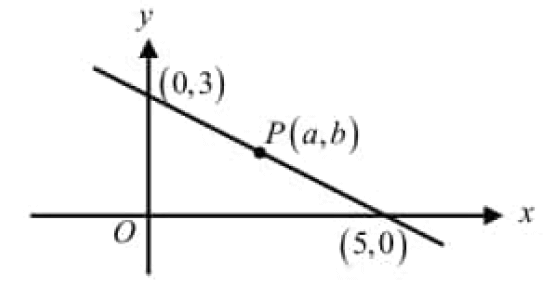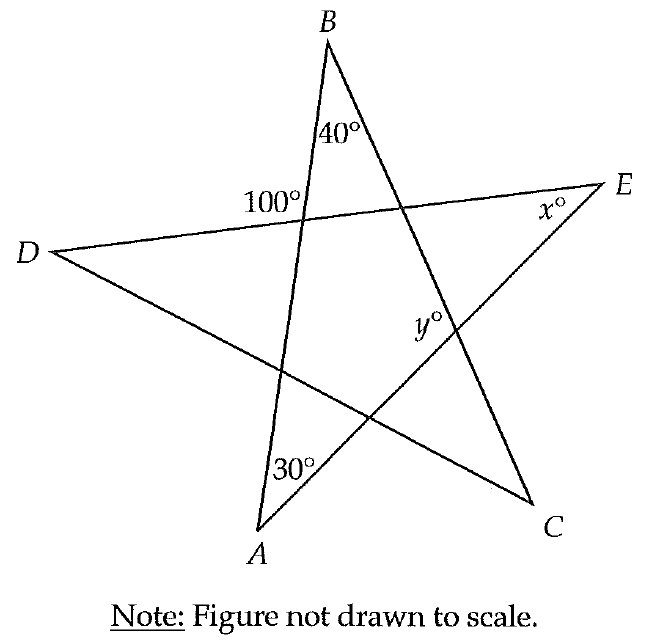HOW TO FIND THE VALUES OF TAN 75 AND COT 75
Question 1 :
Show that tan 75° + cot 75° = 4.
Solution :
tan 75° = tan (45° + 30°)
= (tan 45° + tan 30°)/ (1 - tan 45° tan 30°)
= (1 + (1/√3)) /(1 - 1(1/√3))
= [(√3 + 1)/√3] / [(√3 - 1)/√3]
= (√3 + 1)/(√3 - 1)
Multiply by (√3 + 1) on both numerator and denominator.
= (√3 + 1)2/(√32 - 12)
= (3 + 1 + 2√3) / (3 - 1)
= (4 + 2√3) / 2
= 2 + √3 ------(1)
tan 15° = cot (90° - 15°)
tan 15° = cot 75°
Instead of finding the value of cot 75, let us find the value of tan 15.
tan 15° = tan (45° - 30°)
Using compound angle formula, we get
= (√3 - 1)/(√3 + 1)
Multiply by (√3 - 1) on both numerator and denominator.
= (√3 - 1)2/(√32 - 12)
= (3 + 1 - 2√3) / (3 - 1)
= (4 - 2√3) / 2
= 2 - √3 ------(2)
(1) + (2)
tan 75° + cot 75° = 2 + √3 + 2 - √3
tan 75° + cot 75° = 4
Hence proved.
Question 2 :
Prove that cos(A + B) cosC−cos(B + C)cosA = sinB sin(C−A).
Solution :
L.H.S
= cos(A + B) cosC−cos(B + C)cosA
= (cosAcosB - sinAsinB)cosC - (cosBcosC - sinBsinC)cosA
= cosA cosB cosC - sinA sinB cosC - cosB cosC cosA + sinB sinC cosA
= sinB (sin C cos A - sin A cos C)
= sin B sin (C- A)
Hence proved.
Question 3 :
Prove that sin(n + 1)θ sin(n − 1)θ + cos(n + 1)θ cos(n − 1)θ = cos2θ, n ∈ Z.
Solution :
L.H.S
= sin(n + 1)θ sin(n − 1)θ + cos(n + 1)θ cos(n − 1)θ
= cos(n − 1)θ cos(n + 1)θ + sin(n − 1)θ sin(n + 1)θ
= cos [n - 1 - (n + 1)]θ
= cos [n - 1 - n - 1)]θ
= cos (-2θ)
= cos 2θ -------> R.H.S
Hence proved.
Kindly mail your feedback to v4formath@gmail.com
We always appreciate your feedback.
©All rights reserved. onlinemath4all.com
Recent Articles
-
Digital SAT Math Problems and Solutions (Part - 134)
Apr 02, 25 12:40 AM
Digital SAT Math Problems and Solutions (Part - 134) -
SAT Math Resources (Videos, Concepts, Worksheets and More)
Apr 02, 25 12:35 AM
SAT Math Resources (Videos, Concepts, Worksheets and More) -
Digital SAT Math Problems and Solutions (Part 135)
Apr 02, 25 12:32 AM
Digital SAT Math Problems and Solutions (Part 135)

